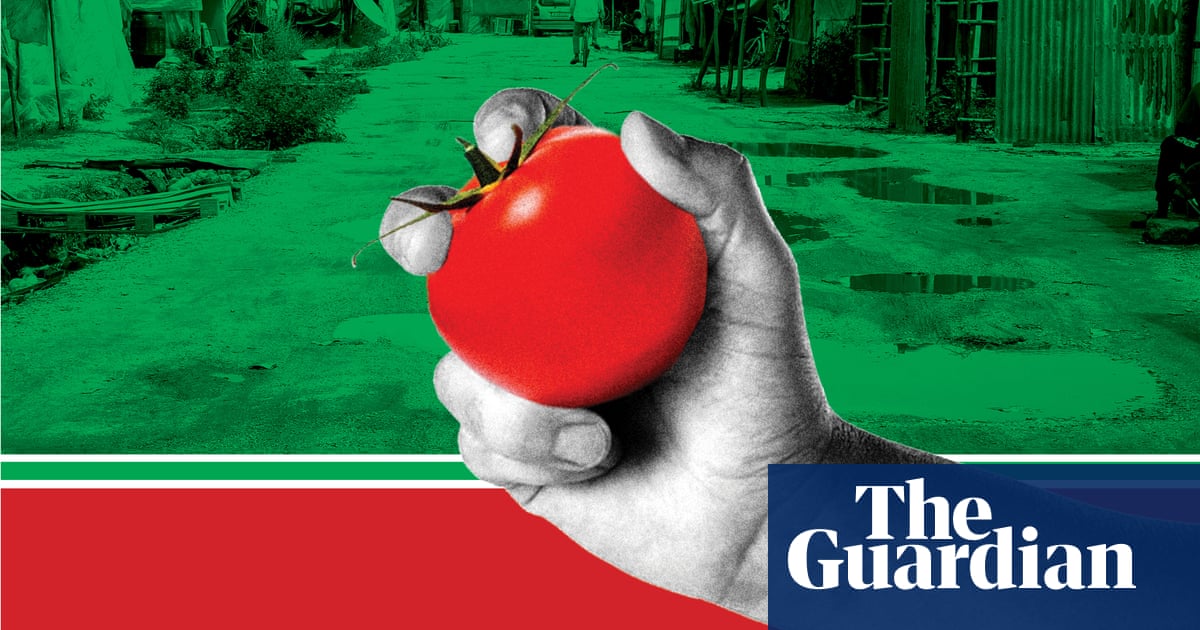The long read: How the Italian mafia makes millions by exploiting migrants

On 6 August last year, 14 immigrant farmhands in Foggia, on the ankle of the Italian boot, were coming home from a 12-hour shift picking tomatoes in 40C heat. The minibus carrying them was registered in Bulgaria; the driver didnt have a licence or insurance. The seats inside were wooden planks, and it was so crowded that passengers couldnt even see out. The vehicle was travelling at speed when it collided head-on with a truck loaded with tomatoes.
After the crash, you could see contorted limbs through the smashed windows. The entire front third of the vehicle was concertinaed and the roof was ripped open. Bags and clothing spilled out on to the road, and there were large patches of blood on the asphalt. Twelve of the 14 labourers died. Only two days before, also in Foggia, four labourers had died in a similar accident: 16 dead in 48 hours.

